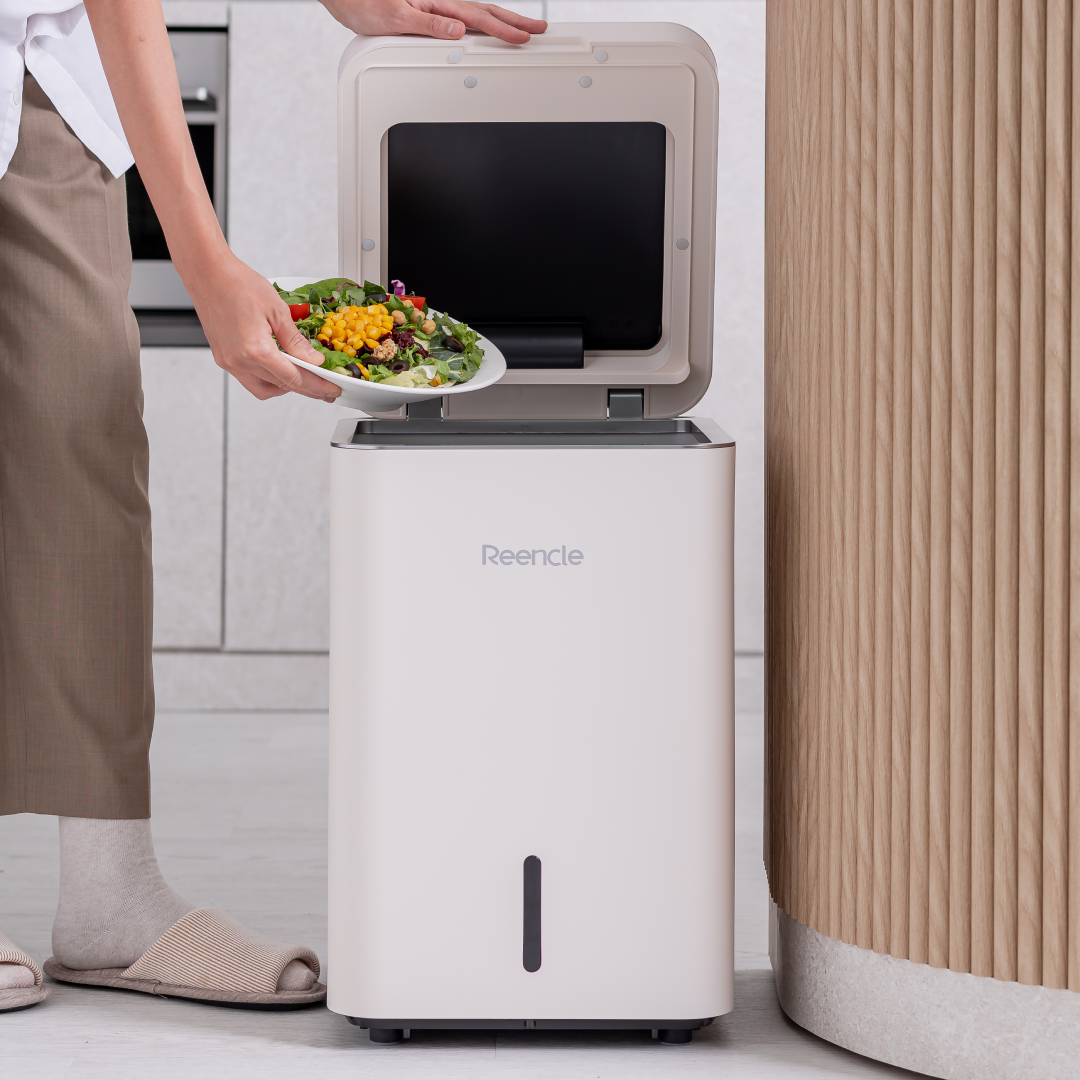Types of Elements Needed by Plants

Why does our partnership matters
For every purchase, we plant 1 TREE to nurture our planet 🌲Together, we are sowing the seeds of change and cultivating a greener, more sustainable world.
Anything else?
Anything else?You willl also receive an official certificate from Greenspark as a token of appreciation for your commitment to the environment! 📜
How do we see the progress?
How do we see the progress?Join us on this remarkable journey towards an impact dashboard.You can see how your eco-smart choice made the world a better place
 View more
View more
Your support empowers reforestation, fights climate change,
and paves the way for a brighter, eco-friendly future.
Join us on this remarkable journey towards a cleaner,healthier planet.
Shop with a purpose, shop with Reencle! 🛒💚
17 Essential Elements
Currently, 118 elements have been discovered on Earth. Excluding those artificially created, around 90 exist naturally. Out of these, at least 17 are necessary for plant growth, known as essential elements or essential nutrients for plants.
Among these essential elements, hydrogen, oxygen, and carbon are absorbed through the leaves or roots, while the remaining 14 are taken in as nutrients through the roots. These 14 elements need to be provided through fertilizers to ensure they are not deficient. The elements are classified into macronutrients and micronutrients based on the amount absorbed by the crops.
Macronutrients
Absorbed in amounts exceeding 5 kg per 10 ares (about 1,000 square meters). These include nitrogen, phosphorus, potassium, calcium, magnesium, and sulfur.
Micronutrients
Absorbed in amounts less than 100 grams per 10 ares. These include chlorine, iron, manganese, boron, zinc, copper, molybdenum, and nickel.
The Three Essential Elements of Fertilizers
Among the essential elements that need to be provided through fertilizers, nitrogen (N), phosphorus (P), and potassium (K) are particularly crucial for crops. These are known as the "three essential elements of fertilizers." When used in soil or fertilizers, phosphorus is commonly referred to as phosphoric acid, and potassium as potassium oxide. Nitrogen exists in two forms: ammonia nitrogen and nitrate nitrogen.
- Nitrogen is indispensable for the growth of stems and leaves in all crops, hence it is often called "leaf fertilizer" and is very important. The nitrogen content is also a classification criterion for commercially available compound fertilizers.
- Phosphoric acid mainly helps flowers and fruits to set well. It is an essential element for summer vegetables like tomatoes, eggplants, and cucumbers to bear fruit effectively.
- Potassium oxide is necessary for the healthy growth of roots in all crops, ensuring that plants grow strong and do not topple over.
Other Necessary Elements
In addition to the three essential elements, calcium, magnesium, and sulfur are also needed. These are called "secondary macronutrients" and are classified together with the three essential elements as macronutrients.
The other remaining elements are micronutrients, which are usually present in sufficient amounts in the soil and are also supplied through compost used for soil improvement, so there is generally no need to provide them through fertilizers.
Secondary Macronutrients
- Calcium (Ca): Strengthens and fortifies cell tissues.
- Magnesium (Mg): Helps in the absorption of phosphorus and activates enzymes. It is a component of chlorophyll and is also known as dolomite.
- Sulfur (S): Aids in root development and is involved in protein synthesis.
Micronutrients
- Chlorine (Cl): An element involved in the enzymes responsible for photosynthesis.
- Boron (B): Essential for root and shoot growth and flower setting.
- Iron (Fe): Necessary for photosynthesis.
- Manganese (Mn): Needed for photosynthesis and vitamin synthesis.
- Zinc (Zn): Influences the growth rate of plants.
- Copper (Cu): Essential for flowering and fruiting, and the maturity of plants.
- Molybdenum (Mo): An enzyme involved in nitrate reduction.
- Nickel (Ni): A component of the enzyme that converts urea into ammonia.











